Estimated reading time: 4 minutes
Have you done any apricot bottling lately? Or any other fruit? If you’ve never tried it before, we highly recommend it.
Bottling is easy, and a great way to preserve the summer bounty of fruit to enjoy through winter. It’s like capturing a little bit of sunshine in a bottle to warm the cold, dark days of winter.
Related Articles
Vegetable garden virtual tour
This virtual tour of a productive community vegetable garden will inspire and delight you, and is full of great ideas you can borrow.
How to make the simplest fruit dessert in the world
Summer calls for fruit desserts, and this is one of our simple “go to” recipes. We don’t have time to fuss, but we still love our food!
The benefits of a loquat tree (and 5 delicious recipes)
Discover the many benefits that loquats can bring to your garden, plus enjoy 5 delicious recipes for using them when you have a glut.
At our place, we demonstrate how you can grow and preserve an entire year’s supply of fruit for your family.
We practise what we preach each year and bottle a heap of fruit to see us through winter. We aim to preserve enough so we don’t need to buy fruit at all, except for things we can’t grow ourselves.
That means that throughout summer and autumn, we’re steadily filling the pantry whenever we have a minute to put a few bottles through the processor.
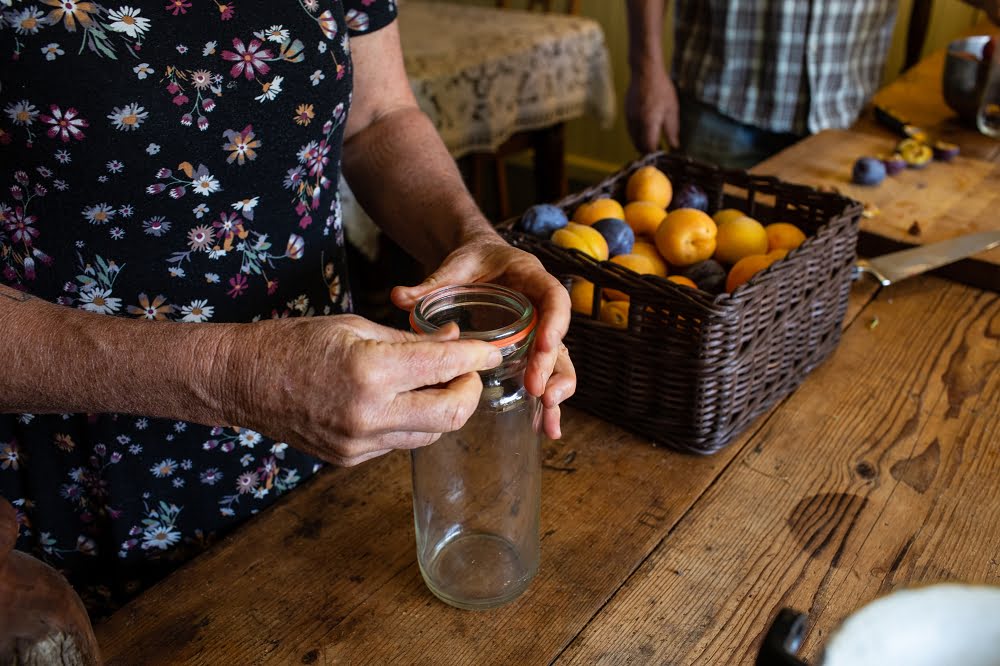
We usually start the preserving season with apricots and cherries.
Apricots are some of our favourites, so we aim to fill lots of jars with them. Bottled cherries are a great treat to make into a special dessert when we have guests.
It goes without saying that we also eat as many as we can while they’re fresh and in season, as well as cooking with them.
Plus, we share a lot around with family and friends when we have a surplus.
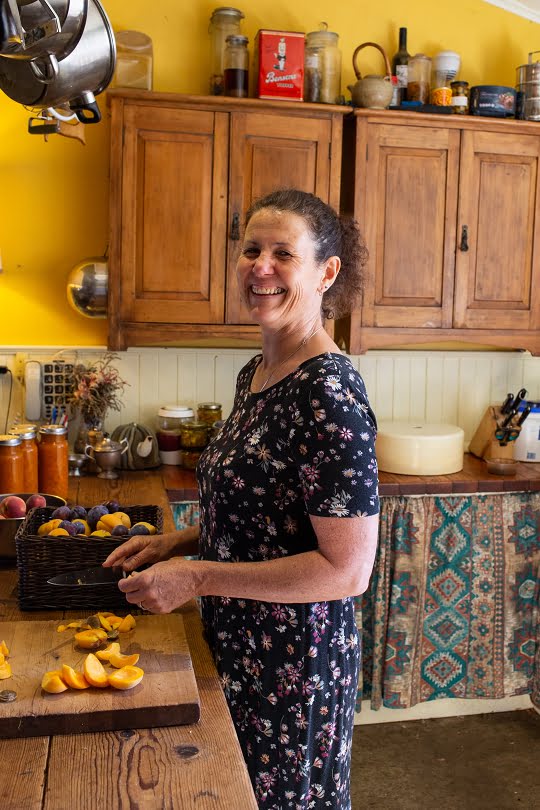
(Photo: Biomi)
What other fruit can be bottled?
We also harvest lots of berries in summer, and while a few go into the freezer, they also are great to bottle. As the season goes on we also bottle peaches, nectarines, apples, quinces, and pears.
In fact, most fruit can easily be preserved by bottling.
One of the things we love about it is that you don’t need fancy equipment, but can do it with equipment found in most home kitchens.
It’s also a wonderful low-energy way to preserve fruit for a long time (years, in fact) without needing to use any energy.
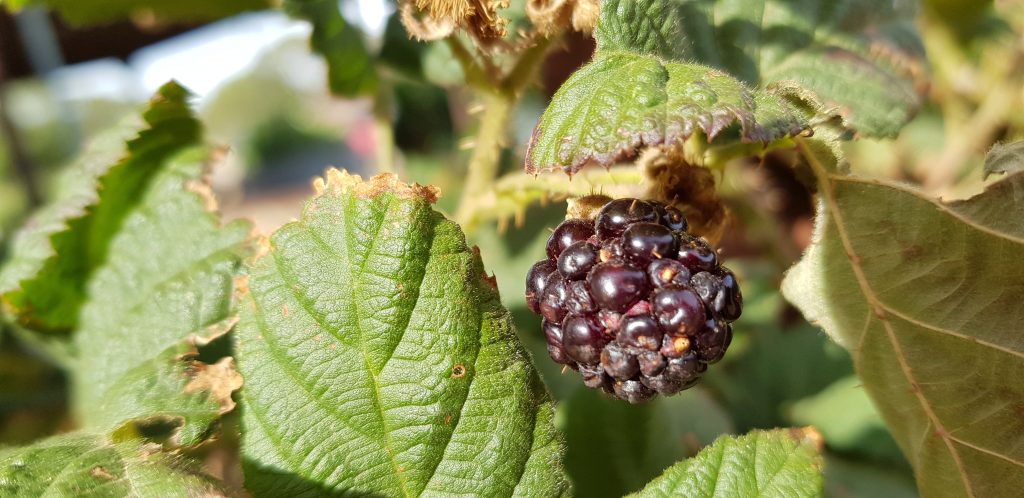
Berry tart recipe
As important as it is to preserve fruit for use over winter, it’s also great to eat as much as possible while it’s in season.
Berries are usually prolific in our garden in early summer, which is also when we tend to do a lot of entertaining, so they inevitably find their way into lots of desserts.
Berry tarts (or pies) are one of our favourite ways to eat berries. They are quick and easy to make, and very delicious. The whole thing only takes about half an hour from start to finish.
Here’s the recipe to make about 24 tarts:
Gluten-free pastry
- 1/2 cup buckwheat flour
- 1/2 cup rice flour
- 1/4 cup cornflour
- 1/4 cup besan flour
- knob butter
- milk
Make pastry your usual way. Roll out, and use a glass or pastry cutter to cut tart-sized rounds. Cook in greased tart tins (like shallow muffin trays) for about 8 minutes or until done.
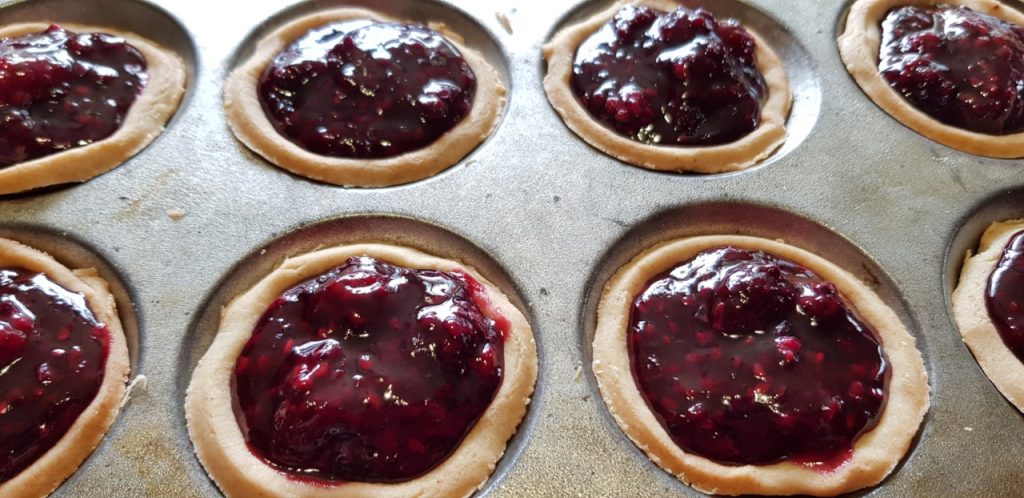
Berry filling
Put about 400g berries in a saucepan and add enough of your preferred sweetener to taste. This will depend very much on the berries you’re using, so be prepared to taste to make sure you get the right balance of sweetness with tartness.
We’d usually use about 1/2 cup raw sugar for this quantity of boysenberries, which are quite tart.
Cook, stirring all the while until the sugar is completely melted and a syrup is forming. It’s great if some of the berries retain their shape.
In a cup, mix 2 heaped teaspoons of cornflour with just enough water to make it liquid. Add to berry mixture, and stir until the cornflour is completely cooked and the mixture starts to thicken. The mixture will go cloudy when you add the cornflour, so keep cooking until it becomes clear again.
Fill pastry cases with berry mixture and set aside to cool and set.
Related Articles
Vegetable garden virtual tour
This virtual tour of a productive community vegetable garden will inspire and delight you, and is full of great ideas you can borrow.
How to make the simplest fruit dessert in the world
Summer calls for fruit desserts, and this is one of our simple “go to” recipes. We don’t have time to fuss, but we still love our food!
The benefits of a loquat tree (and 5 delicious recipes)
Discover the many benefits that loquats can bring to your garden, plus enjoy 5 delicious recipes for using them when you have a glut.

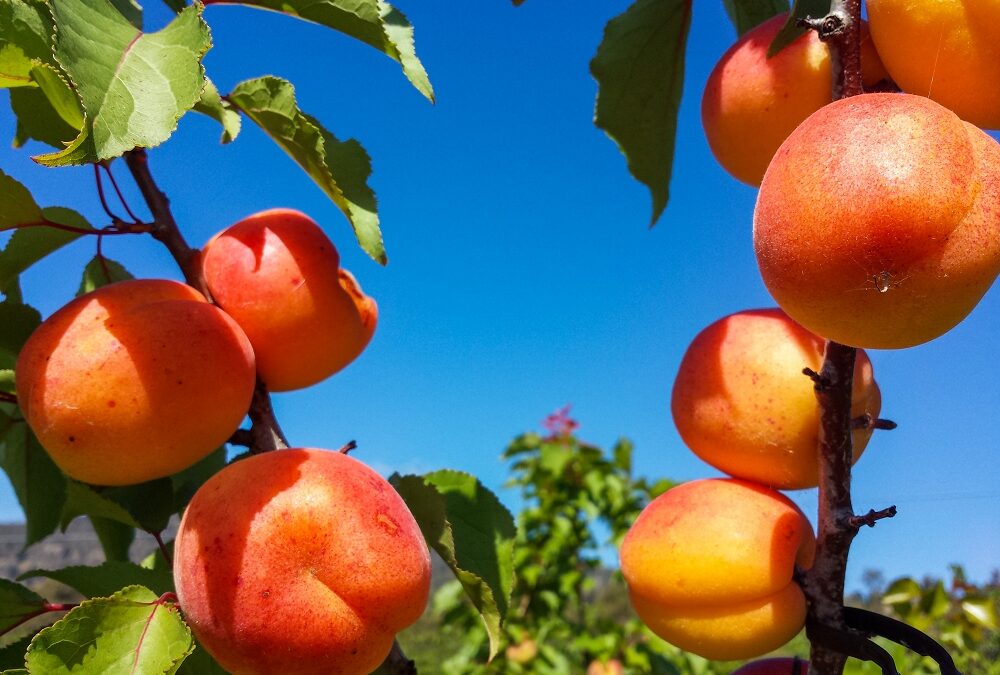

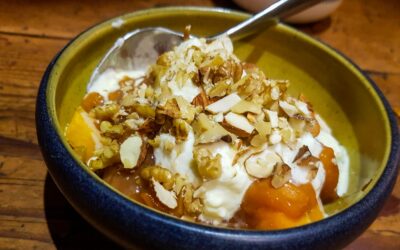
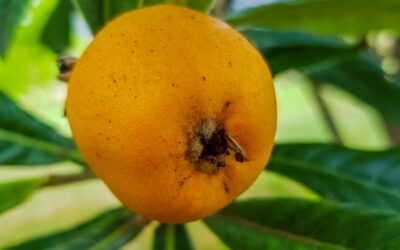


If you thicken your cooked berries with arrowroot then it thickens without going cloudy. You will need more arrowroot to thicken than if using cornflour.
I do preserve my fruit in a vacola but I’ve never heard of preserving berries I’ve googled it I don’t see much information do you just put the fruit and water in and preserve the same as other fruit
Do not put water with berries when bottling them, start them off with a low heat and enough juice will appear, bring to boil and bottle.
We preserve a lot of our blackberries so that they can be used in desserts over the colder months.
We have gone away from the vacola system and use screw top jars as we get them for nothing from friends and we purchase new lids at a cost of about 13 cents each and we find that we can reuse these for a number of years.
All of our excess fruit is preserved by bringing it to the boil and then putting into hot jars that have been washed and heated in the gas oven at 120 degrees for 20 minutes. The lids are put in a stainless steel bowl and steralised by pouring boiling water on them for several minutes. The lids must be completely dry befor putting them on the jars.